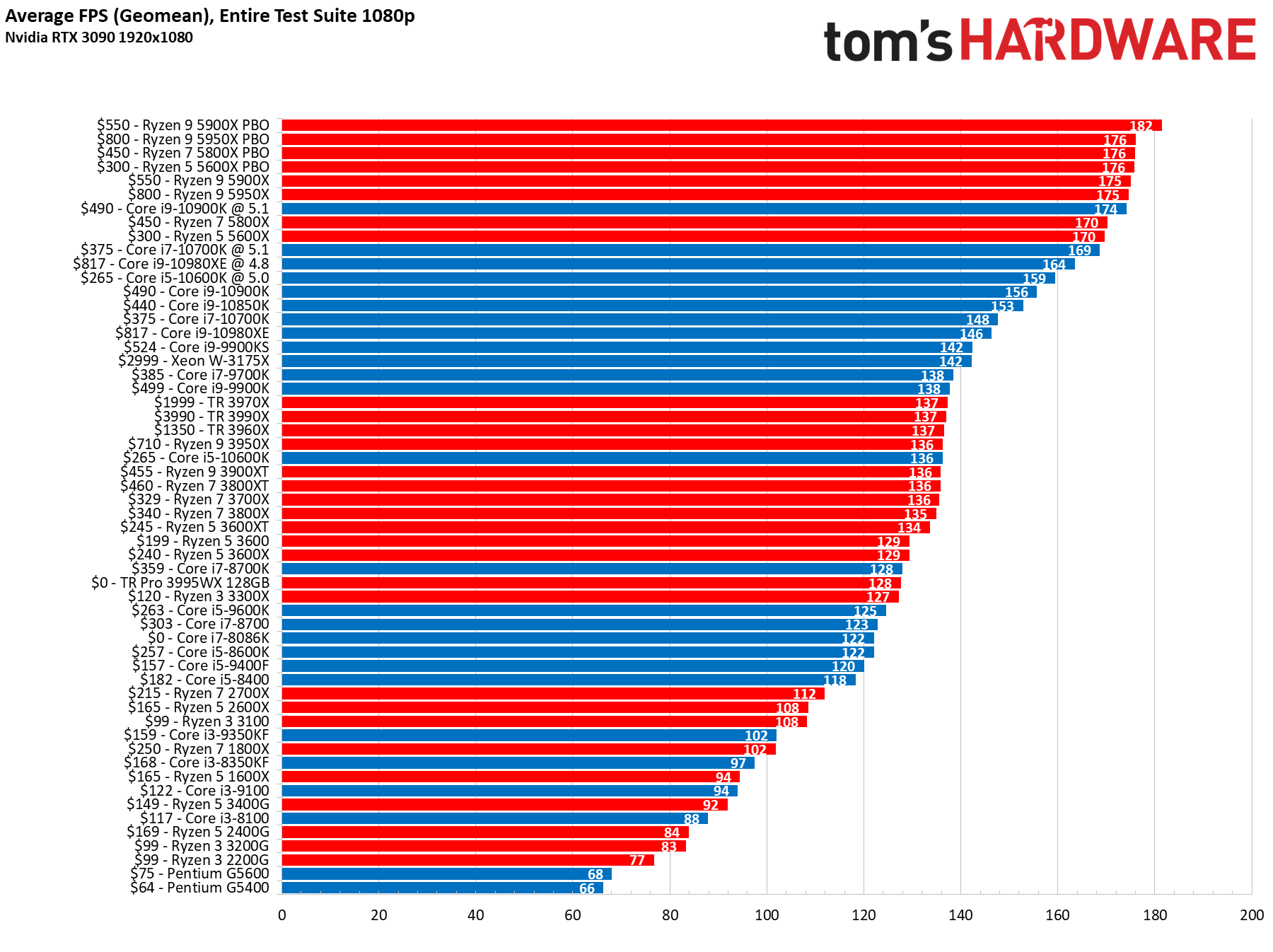Decoding the Cost: A Deep Dive into Compute Engine GPU Pricing
In the rapidly evolving world of cloud computing, the demand for powerful hardware to support intensive workloads is escalating. Among the most sought-after resources are Graphical Processing Units, or GPUs, which have become essential for tasks ranging from machine learning and data analysis to video rendering and gaming. As organizations increasingly turn to cloud platforms for their computing needs, understanding the intricacies of GPU pricing can be a daunting yet crucial endeavor.
Google Cloud's Compute Engine offers a variety of GPU options, enabling users to tailor their computing resources to fit specific requirements and budget constraints. However, navigating the pricing landscape can be complex, with various factors influencing costs, including the type of GPU, the region it is deployed in, and the duration of usage. In this article, we will explore the nuances of Compute Engine GPU pricing, providing clarity on how businesses can maximize their investments while ensuring they leverage the power of GPUs effectively.
Understanding GPU Pricing Models
GPU pricing models can significantly impact the overall costs of using Compute Engine services. Various factors contribute to these costs, including the type of GPU selected, the duration of usage, and any additional resources needed to support GPU workloads. Typically, GPUs are available in on-demand or preemptible options, each with its pricing structure, which is essential for users to consider based on their computing needs.
On-demand GPUs allow users to pay for GPU resources as they are utilized, providing the flexibility to scale based on demand without long-term commitments. This model is ideal for projects with fluctuating workloads or for users who require immediate access to GPU resources. In contrast, preemptible GPUs are offered at a lower price but may be shut down by the system when resources are needed elsewhere. This model can be advantageous for cost-sensitive applications that can tolerate interruptions.
In addition to the base GPU pricing, users should also factor in associated costs, such as networking and storage. Understanding the complete pricing ecosystem helps users make informed decisions when planning their GPU usage. By analyzing their workload requirements and budget constraints, users can choose the most suitable GPU pricing model that aligns with their project goals.
Factors Influencing GPU Costs
The cost of GPU resources on Compute Engine is influenced by several critical factors. One of the primary considerations is the type of GPU selected. Different GPUs offer varying levels of performance, memory capacities, and intended use cases, such as deep learning, graphics rendering, or general processing. High-performance GPUs typically come with a higher price tag, reflecting their enhanced capabilities and the demand for powerful hardware in the industry.
Another significant factor is the region where the Compute Engine resources are deployed. Pricing can vary substantially depending on the geographical location, driven by factors such as data center operating costs, local demand, and cloud infrastructure availability. Users may find that certain regions offer more competitive prices, allowing for potential cost savings when strategically choosing where to launch their GPU instances.
Lastly, the duration of GPU usage plays a vital role in determining costs. Compute Engine offers a range of pricing options, including pay-as-you-go and committed use contracts. Committed use contracts can provide substantial discounts over time for users who can guarantee long-term usage, while on-demand pricing may be preferred for projects with unpredictable needs. Understanding these pricing models allows users to optimize their costs based on their specific GPU requirements and usage patterns.
Comparative Analysis of GPU Providers
When evaluating GPU pricing , it’s crucial to consider the various providers in the market. Major cloud providers such as Google Cloud, Amazon Web Services, and Microsoft Azure each offer a range of GPU options, pricing structures, and features. Google Cloud's Compute Engine, for instance, typically provides competitive pricing for both on-demand and preemptible GPUs, catering to users who need flexibility or cost-efficiency. Understanding how these prices compare can help businesses make informed decisions about which provider best meets their needs.

Beyond base pricing, it’s important to factor in additional costs associated with GPU usage. This includes data transfer fees, storage costs, and any additional services that might be required for specific workloads. For example, while Google’s pricing may appear lower for GPU instances, costs can add up with extensive data transfers or storage needs compared to other providers with bundled services or packages. Therefore, a comprehensive analysis of total cost of ownership becomes necessary when selecting a GPU provider.
Lastly, GPU performance and availability also play a critical role in decision-making. Each provider offers different models of GPUs with varying capabilities and performance metrics, which can influence overall costs if specific performance levels are required. Users should assess not only the price of the GPU instances but also the need for high-performance or specialized GPUs for tasks like machine learning or 3D rendering. By comparing both pricing and performance, businesses can optimize their GPU investments.